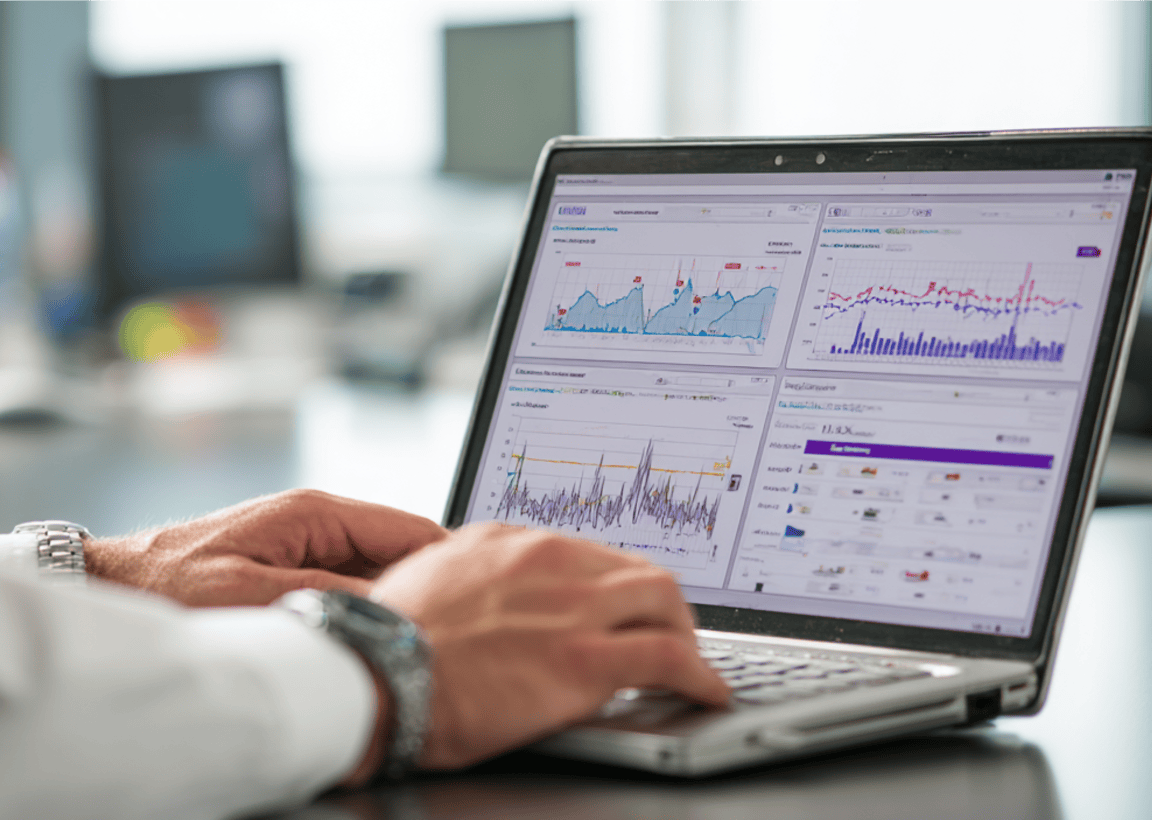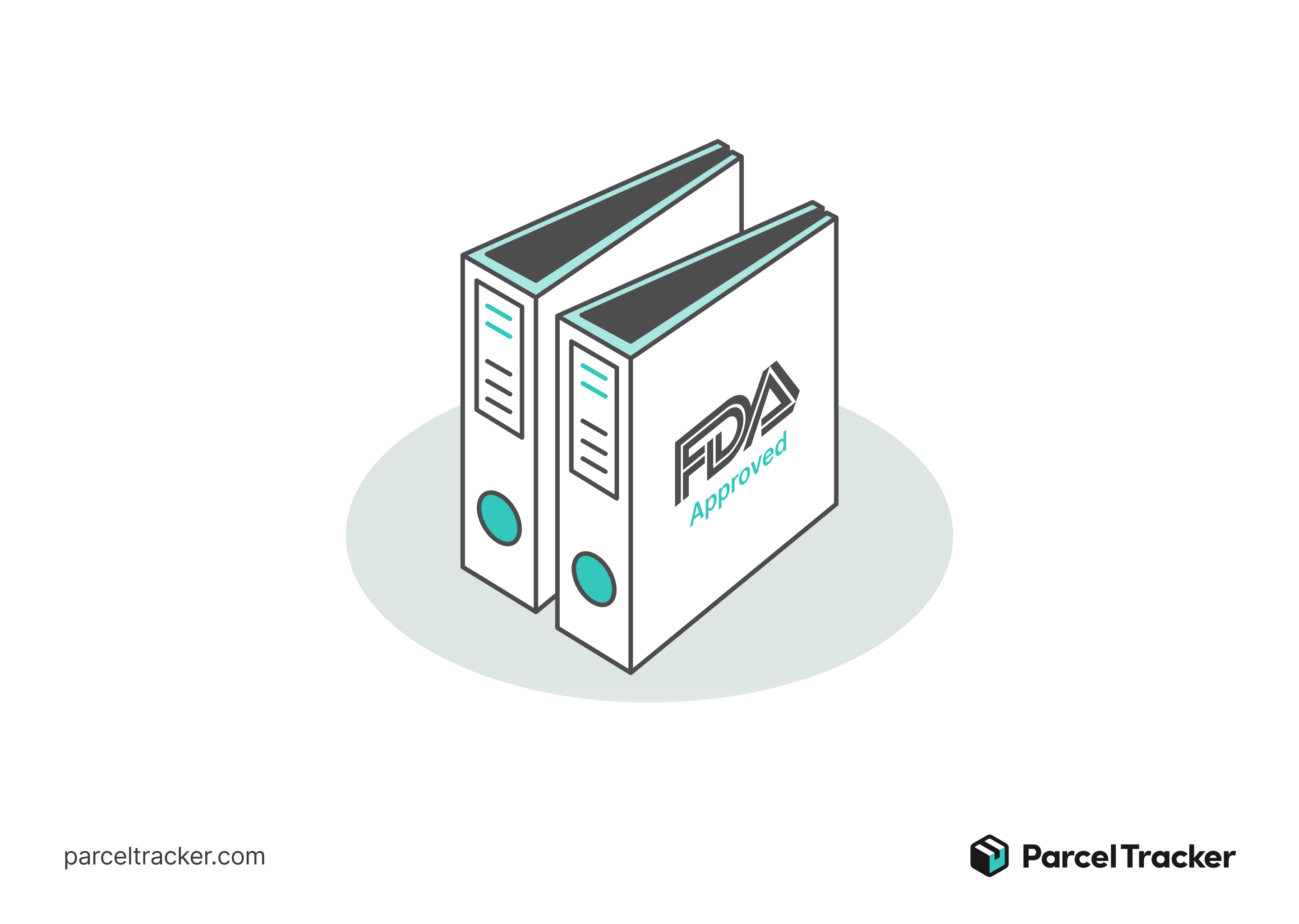What are Laboratory Information Management Systems (LIMS)?

A Laboratory Information Management System (LIMS) is a software-based system designed to manage and track the lifecycle of lab samples and their associated data. Its primary function is to automate laboratory workflows, improve data accuracy, and ensure regulatory compliance by providing a centralized digital platform for all lab activities.
A LIMS helps laboratories transition from paper-based and manual processes to a streamlined, automated, and secure digital environment.
What is LIMS Used for?
To understand what a LIMS is used for, think of a busy corporate mailroom. A LIMS is to a laboratory what a parcel management software is to a mailroom. It serves as the central control point for the often complex and data-intensive world of laboratory operations. It manages every step of a sample's journey, from the moment it's received until the final report is generated.
Just as a mailroom system tracks packages, a LIMS tracks samples, including:
- Sample Management: Assigning unique IDs, logging in samples, tracking their location, and managing their storage.
- Workflow Automation: Automating tasks like test scheduling, instrument calibration, and data collection to reduce manual errors and save time.
- Data Management: Collecting, storing, and analyzing vast amounts of data in a secure, searchable database, replacing fragmented spreadsheets and physical notebooks.
- Quality Control (QC) & Assurance (QA): Enforcing standard operating procedures (SOPs), tracking QC samples, and flagging out-of-spec results to maintain data integrity and quality.
What Are the Key Components of a LIMS?

A mailroom tracking system may have components for package logging, recipient notification, and proof of delivery. A typical LIMS is comprised of several integrated modules that work together to manage the entire lab process:
- Sample and Test Management: This is the heart of the system. It handles the registration, tracking, and management of all samples and the specific tests assigned to them.
- Instrument Integration: A crucial component that connects the LIMS directly to lab instruments, allowing for automatic data transfer and reducing the risk of manual data entry errors.
- Inventory and Reagent Management: Tracks the use and expiration dates of reagents, consumables, and other lab supplies, and can trigger automated re-order alerts.
- Reporting and Analytics: Generates customizable reports, certificates of analysis, and data visualizations, which are essential for quality control, audits, and business intelligence.
- Personnel and Training Management: Keeps a record of staff training, certifications, and access permissions to ensure that only qualified individuals perform specific tasks.
- Audit Trails: Creates a detailed, timestamped log of every action performed within the system, providing a secure and transparent record for regulatory compliance.
How Does a LIMS Work?
The LIMS process follows the life of a sample, much like a package tracking system follows a parcel's journey from depot to doorstep:
- Sample Reception: A sample arrives at the lab and is logged into the LIMS. The system assigns a unique identifier, often a barcode, which is linked to all the sample's information (source, client, required tests).
- Workflow Assignment: The LIMS automatically assigns the necessary tests and schedules the sample's journey through the lab, directing it to the correct instruments and technicians.
- Data Collection: As the sample is analyzed, the LIMS can collect data directly from integrated instruments, eliminating the need for manual transcription.
- Data Analysis & Validation: The system performs calculations, checks results against pre-defined quality control limits, and flags any issues.
- Reporting: Once tests are complete and results are validated, the LIMS automatically generates a final report, which can be shared with clients or stored for future reference.
- Archiving: The LIMS securely archives all data, including raw data, results, and reports, creating an easily searchable and retrievable repository for audits and long-term studies.
What Are the Benefits of a LIMS?

Implementing a LIMS provides numerous benefits:
- Improved Data Accuracy and Integrity: By automating data entry and enforcing standardized procedures, a LIMS drastically reduces human error, leading to more reliable and trustworthy data.
- Enhanced Operational Efficiency: Automation of repetitive tasks frees up lab personnel to focus on high-value work, increasing throughput and reducing turnaround times.
- Regulatory Compliance: LIMS systems provide a complete audit trail and enforce compliance with industry standards like GLP (Good Laboratory Practice), GMP (Good Manufacturing Practice), and FDA regulations, making audits far easier.
- Better Data Management: Centralizing all data in a single, secure database makes it easy to search, analyze, and share information, supporting data-driven decision-making.
Who Uses a LIMS?
LIMS is widely used across various industries, including:
- Pharmaceutical and Biotech: For R&D, clinical trials, and manufacturing quality control.
- Environmental Testing: To analyze water, soil, and air samples for contaminants.
- Clinical Diagnostics: In hospitals and reference labs to manage patient samples and test results.
- Food and Beverage: To ensure product safety, quality, and compliance with food regulations.
- Forensics: For managing evidence and chain-of-custody documentation.
LIMS vs. ELN: What's the Difference?
.png)
While often discussed together, a LIMS and an Electronic Lab Notebook (ELN) serve different but complementary purposes. A LIMS is sample-centric and is ideal for managing structured, repetitive data and workflows in a high-volume production environment. An ELN is experiment-centric and is better suited for the unstructured data, notes, and observations generated during research and development.
In many modern labs, both systems are used together to create a comprehensive digital ecosystem. The choice depends on the organization’s specific needs, just as a mailroom might have a simple logger or a complex system with features like automated recipient notifications to meet its requirements.






